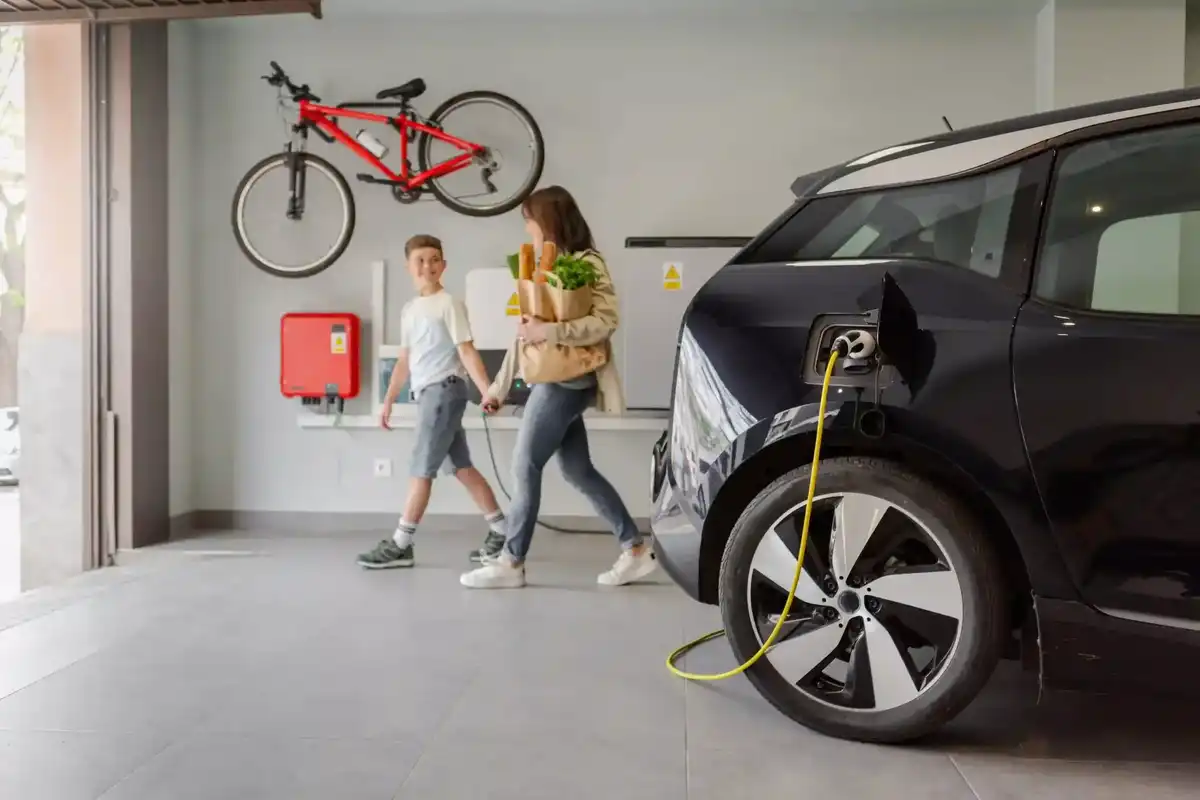How Corrolytics is tackling industrial corrosion and cutting emissions
now streaming
Corrosion is not something most people think about, but for Houston's industrial backbone pipelines, refineries, chemical plants, and water infrastructure, it is a silent and costly threat. Replacing damaged steel and overusing chemicals adds hundreds of millions of tons of carbon emissions every year. Despite the scale of the problem, corrosion detection has barely changed in decades.
In a recent episode of the Energy Tech Startups Podcast, Anwar Sadek, founder and CEO of Corrolytics, explained why the traditional approach is not working and how his team is delivering real-time visibility into one of the most overlooked challenges in the energy transition.
From Lab Insight to Industrial Breakthrough
Anwar began as a researcher studying how metals degrade and how microbes accelerate corrosion. He quickly noticed a major gap. Companies could detect the presence of microorganisms, but they could not tell whether those microbes were actually causing corrosion or how quickly the damage was happening. Most tests required shipping samples to a lab and waiting months for results, long after conditions inside the asset had changed.
That gap inspired Corrolytics' breakthrough. The company developed a portable, real-time electrochemical test that measures microbial corrosion activity directly from fluid samples. No invasive probes. No complex lab work. Just the immediate data operators can act on.
“It is like switching from film to digital photography,” Anwar says. “What used to take months now takes a couple of hours.”
Why Corrosion Matters in Houston's Energy Transition
Houston's energy transition is a blend of innovation and practicality. While the world builds new low-carbon systems, the region still depends on existing industrial infrastructure. Keeping those assets safe, efficient, and emission-conscious is essential.
This is where Corrolytics fits in. Every leak prevented, every pipeline protected, and every unnecessary gallon of biocide avoided reduces emissions and improves operational safety. The company is already seeing interest across oil and gas, petrochemicals, water and wastewater treatment, HVAC, industrial cooling, and biofuels. If fluids move through metal, microbial corrosion can occur, and Corrolytics can detect it.
Because microbes evolve quickly, slow testing methods simply cannot keep up. “By the time a company gets lab results, the environment has changed completely,” Anwar explains. “You cannot manage what you cannot measure.”
A Scientist Steps Into the CEO Role
Anwar did not plan to become a CEO. But through the National Science Foundation's ICorps program, he interviewed more than 300 industry stakeholders. Over 95 percent cited microbial corrosion as a major issue with no effective tool to address it. That validation pushed him to transform his research into a product.
Since then, Corrolytics has moved from prototype to real-world pilots in Brazil and Houston, with early partners already using the technology and some preparing to invest. Along the way, Anwar learned to lead teams, speak the language of industry, and guide the company through challenges. “When things go wrong, and they do, it is the CEO's job to steady the team,” he says.
Why Houston
Relocating to Houston accelerated everything. Customers, partners, advisors, and manufacturing talent are all here. For industrial and energy tech startups, Houston offers an ecosystem built for scale.
What's Next
Corrolytics is preparing for broader pilots, commercial partnerships, and team growth as it continues its fundraising efforts. For anyone focused on asset integrity, emissions reduction, or industrial innovation, this is a company to watch.
Listen to the full conversation with Anwar Sadek on the Energy Tech Startups Podcast to learn more:
---
Energy Tech Startups Podcast is hosted by Jason Ethier and Nada Ahmed. It delves into Houston's pivotal role in the energy transition, spotlighting entrepreneurs and industry leaders shaping a low-carbon future.








 Air Liquide and Hyundai agreed to expand hydrogen refuelling networks, storage capacity and more at a meeting in Seoul last week. Photo courtesy Air Liquide.
Air Liquide and Hyundai agreed to expand hydrogen refuelling networks, storage capacity and more at a meeting in Seoul last week. Photo courtesy Air Liquide.
